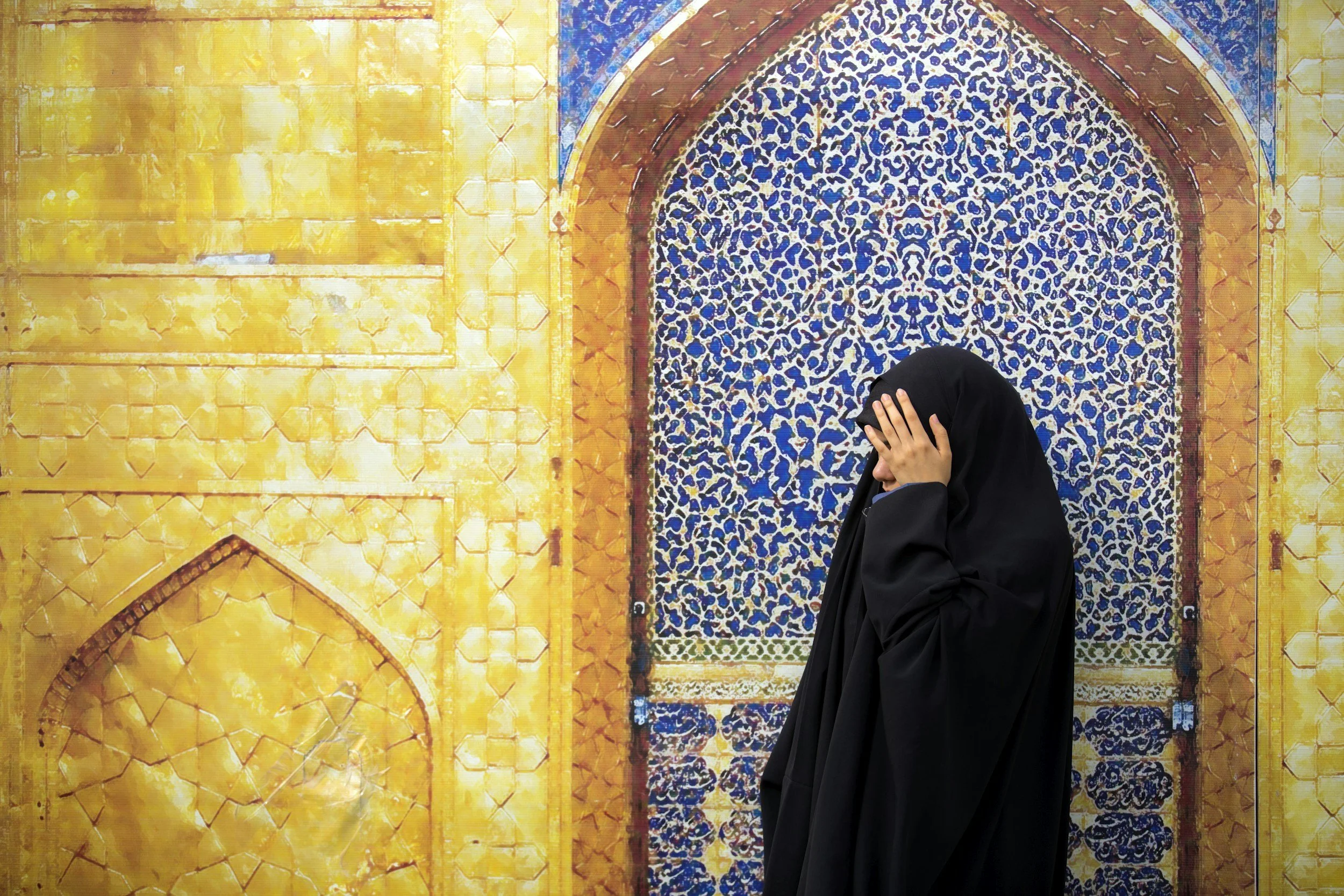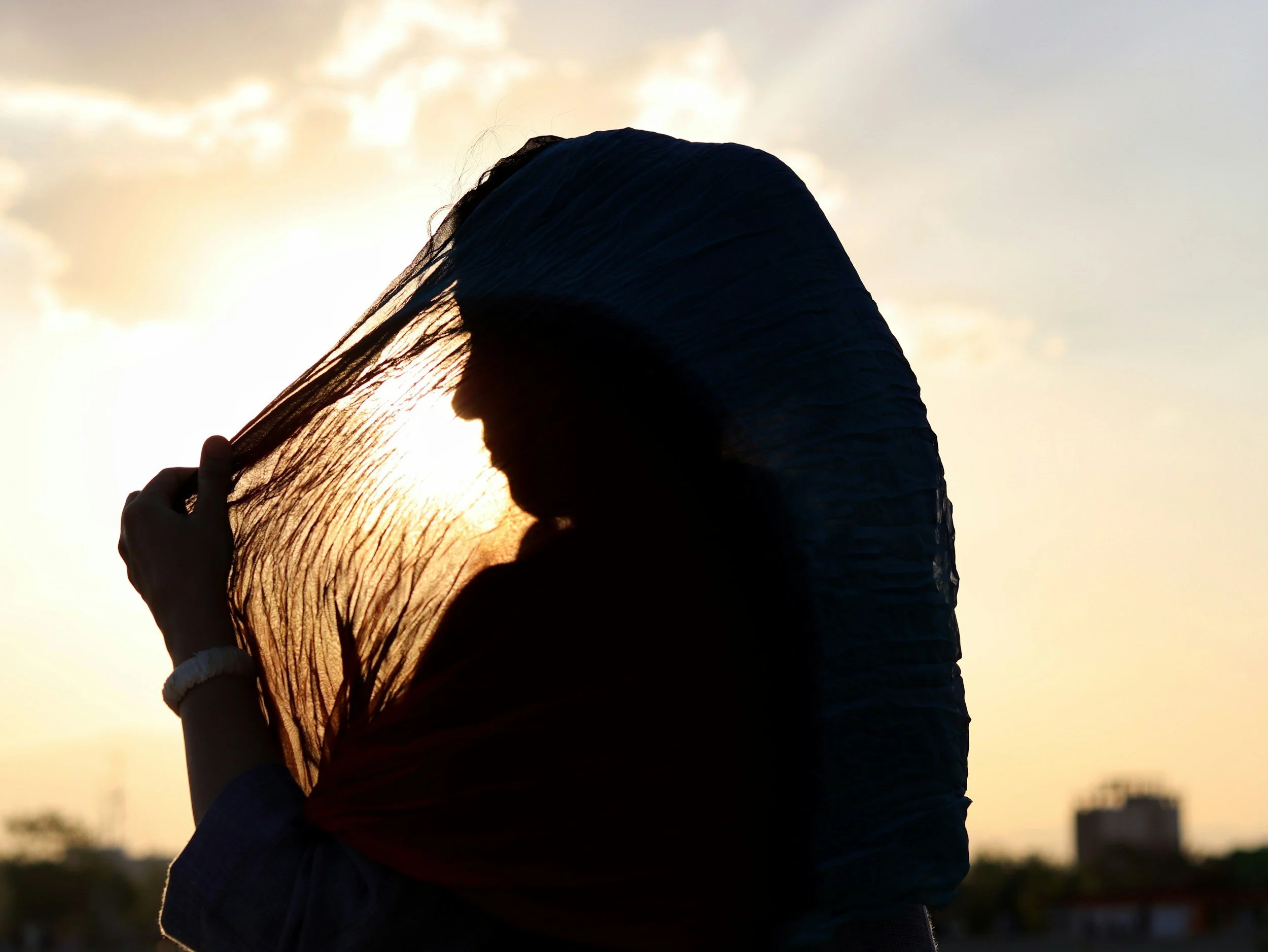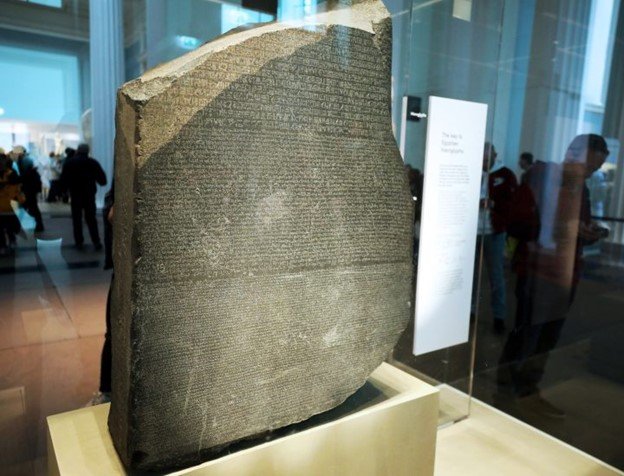Myth Busters: The Truth About Hijabs, Burkas, and Cultural Norms
Estimated Reading Time: 7 Minutes As an experienced world traveler, I've had the opportunity to immerse myself in various cultures and meet incredible people. One common misconception I’ve encountered is the belief that wearing a hijab, burka, or other coverings is a religious obligation for Muslim women. This "Myth Busters" edition aims to shed light on this topic, highlighting the cultural aspects and the importance of choice. Through my travels in Egypt and the United Arab Emirates, I’ve met many Muslim women who choose not to wear these coverings, challenging widespread stereotypes and promoting a deeper understanding of Islam and Middle Eastern culture.
Key Takeaways (TL;DR):
- Wearing a head covering is often more cultural than religious.
- Many practicing Muslim women choose not to wear these coverings.
- The choice to wear or not wear a hijab, burka, or other should be respected.
- Understanding these nuances can reduce prejudice and promote tolerance.
Understanding the Hijab and Burka
The terms hijab and burka often evoke strong images and opinions. The hijab typically refers to a headscarf that covers the hair, neck, and sometimes the shoulders, leaving the face visible. The burka, on the other hand, is a full-body covering that includes a mesh screen over the face.
These coverings are frequently perceived as religious requirements. While it’s true that some women wear them as an expression of their faith, it’s crucial to understand that these garments are deeply rooted in cultural practices. Their significance varies widely across different regions and communities.
Cultural vs. Religious Practices
The practice of wearing a hijab, niqab, chador, dupatta, khimar, jilbab, shayla, al-amira, or burka is often more cultural than religious. In many Middle Eastern countries, the choice to wear these coverings is influenced by local customs, societal norms, and family traditions rather than strict religious doctrine.
For instance, in some parts of the Middle East, cultural expectations dictate modest dress, and this can include the wearing of a hijab or burka. However, there are also regions where these coverings are less common, and women dress in a variety of ways that reflect both their personal beliefs and cultural influences.
The Diversity of Muslim Women’s Clothes
Muslim women are incredibly diverse in their practices and beliefs. Many practicing Muslim women choose not to wear a head covering at all, and this choice is respected within their communities. This diversity is evident not only in the Middle East but also among Muslim women worldwide.
The decision to wear or not wear a head covering is often a personal one, influenced by individual beliefs, family practices, and cultural norms. Recognizing this diversity is essential in dispelling stereotypes and promoting a more nuanced understanding of Muslim women’s lives.
My Experiences in Egypt and the U.A.E.
During my travels in Egypt and the UAE, I encountered a wide range of practices among Muslim women. In Cairo, for example, I met women who wore hijabs, others who wore shaylas, and many who did not cover their heads at all. Similarly, in Dubai, the cosmopolitan nature of the city means that women dress in various styles, from traditional abayas to modern, western clothing.
These experiences highlighted the fact that the choice to wear a hijab, burka, or other is far from uniform and is often a matter of personal or cultural preference rather than religious obligation. Conversations with these women underscored their autonomy and the respect they have for each other’s choices, regardless of differing practices.
The Importance of Respecting Choices
One of the most important lessons from my travels is the significance of respecting individual choices. The decision to wear a head covering, or not to wear one, is deeply personal. It’s vital to approach this topic with an open mind and a willingness to listen and learn from the women who live these experiences.
Promoting understanding and tolerance requires recognizing and respecting the diversity of practices within Islam. By doing so, we can help reduce prejudice and foster a more inclusive and respectful global community.
Final Thoughts
Wearing a hijab, burka, or other coverings is often more cultural than strictly religious, and many Muslim women choose not to wear these garments. Respecting these choices is essential in promoting tolerance and understanding. By dispelling myths and embracing the diversity within Islam and Middle Eastern cultures, we can contribute to a more inclusive world.
As travelers and global citizens, let’s continue to educate ourselves, challenge stereotypes, and celebrate the rich tapestry of the human experience that makes our world so vibrant and diverse.








Mexico is a country that enchants visitors with its vibrant culture, rich history, and stunning natural beauty. From the bustling streets of Mexico City to the serene beaches of Cancun, Mexico offers a diverse range of experiences for every traveler. In this blog post, we'll explore why Mexico is an appealing travel destination, highlighting its key cities and regions.